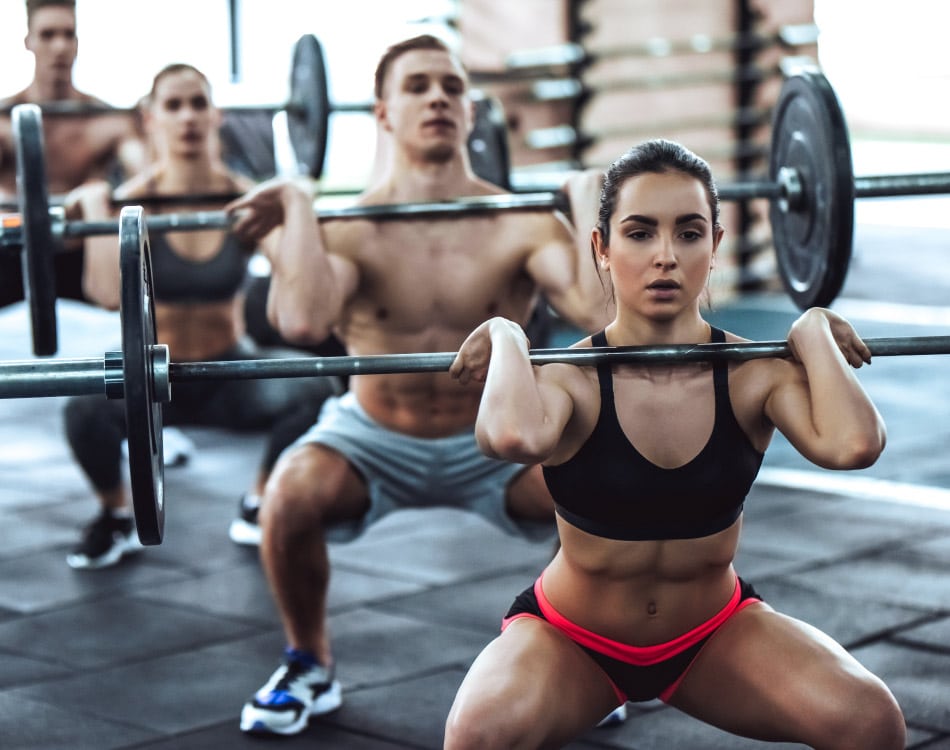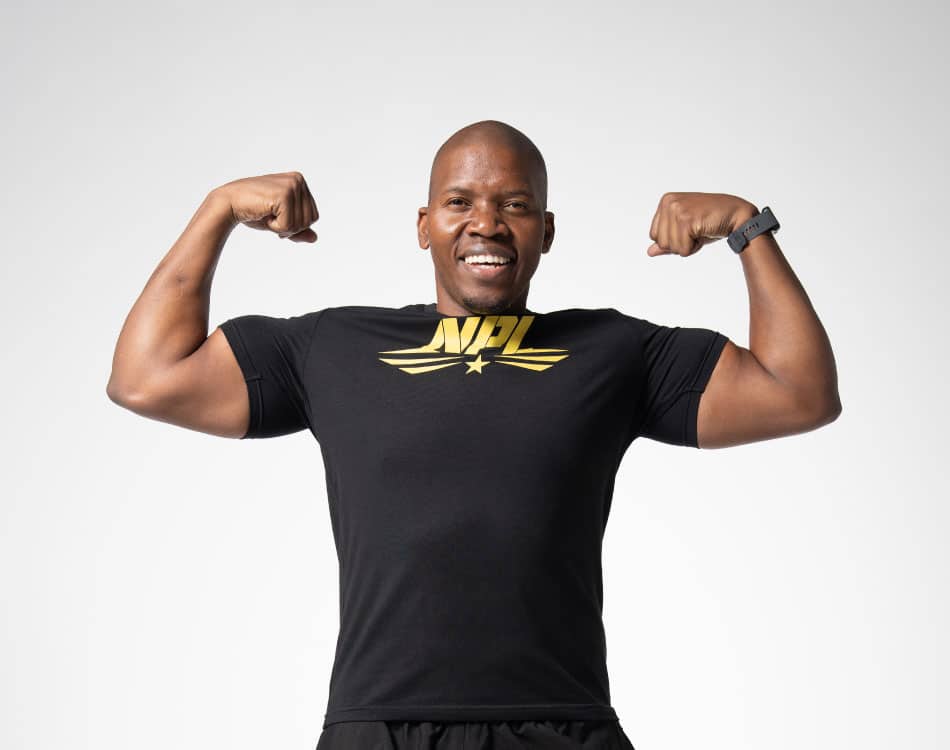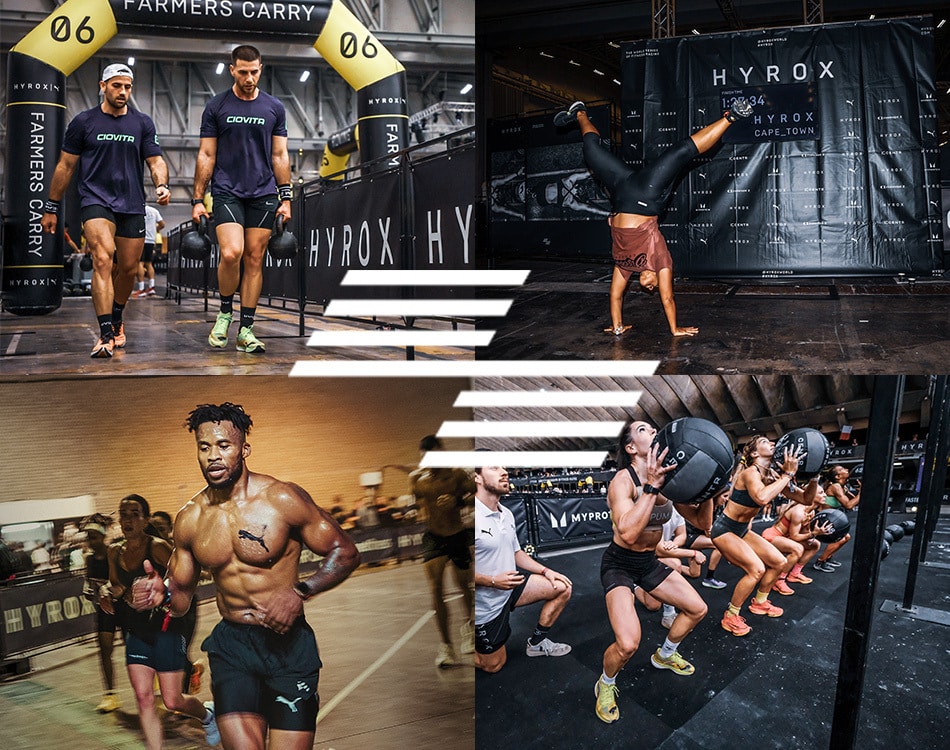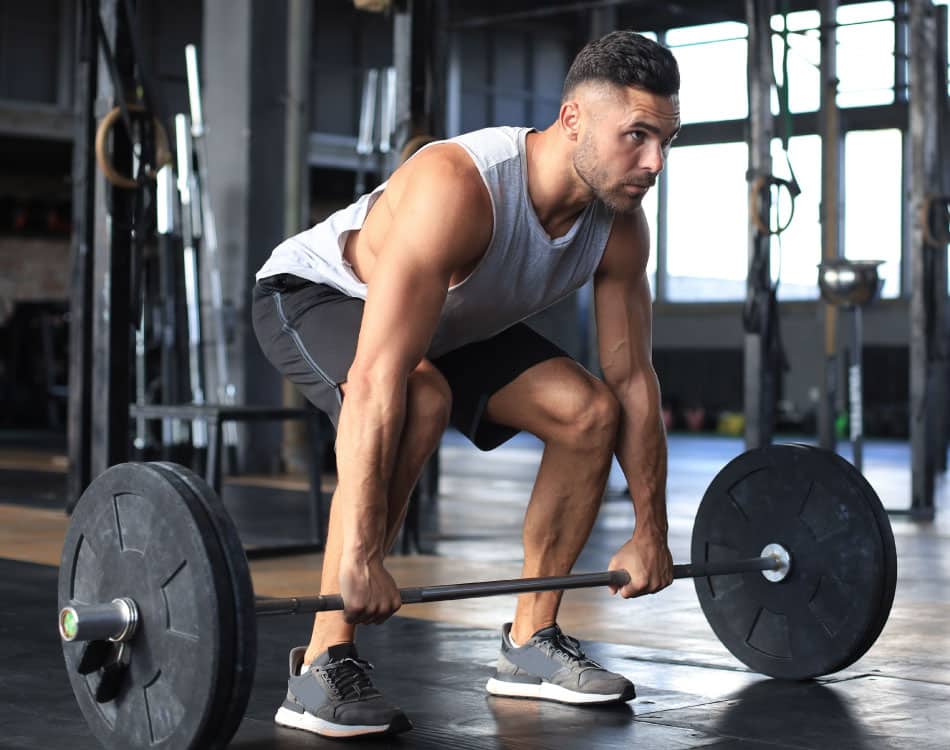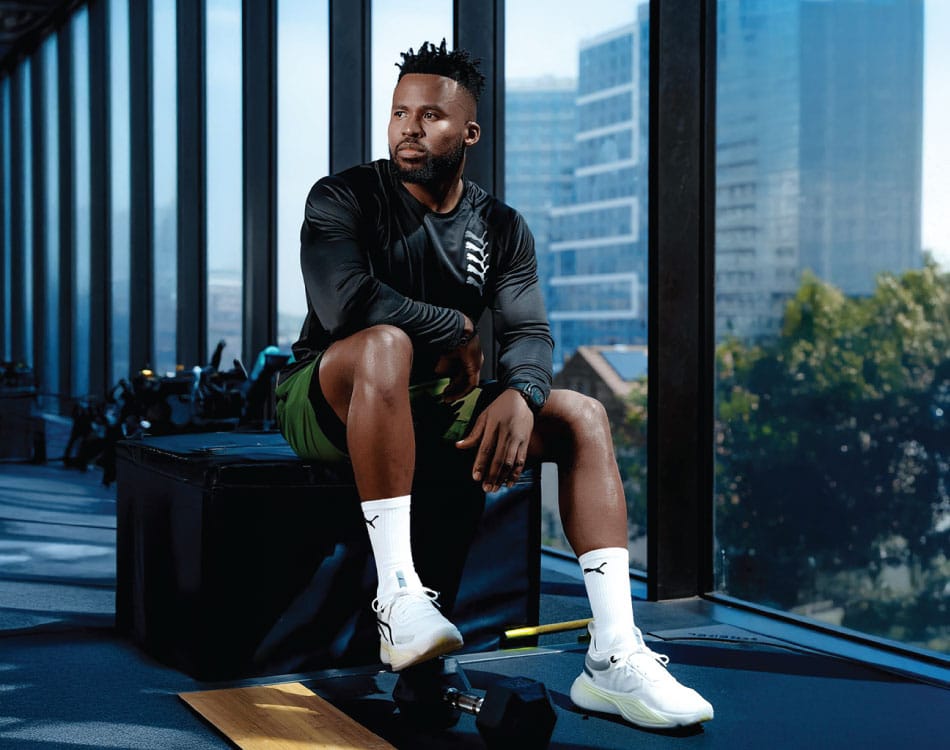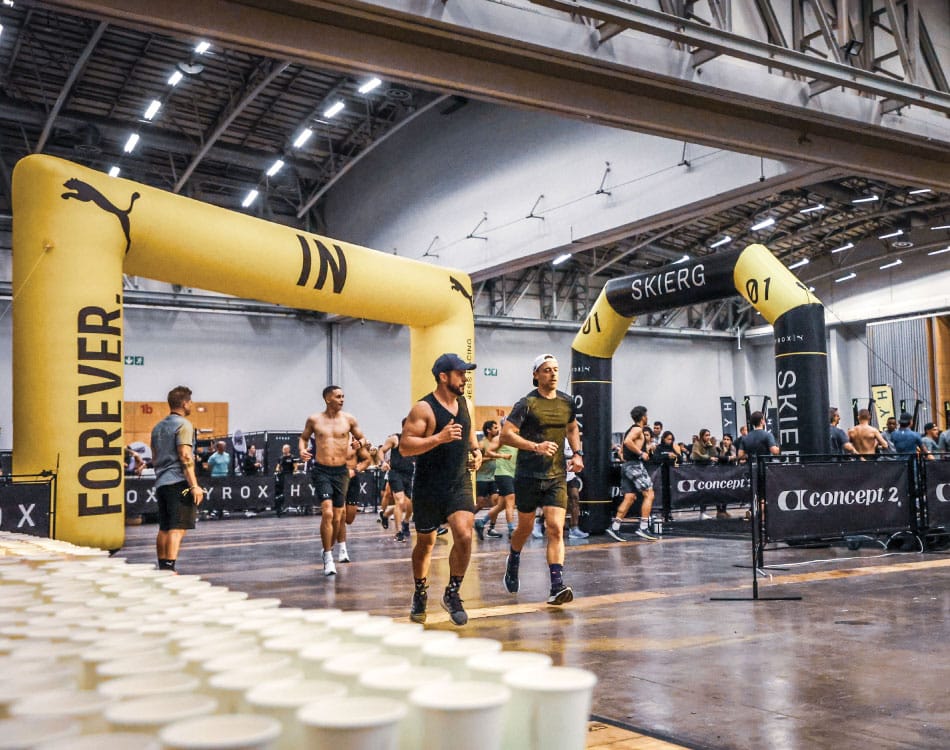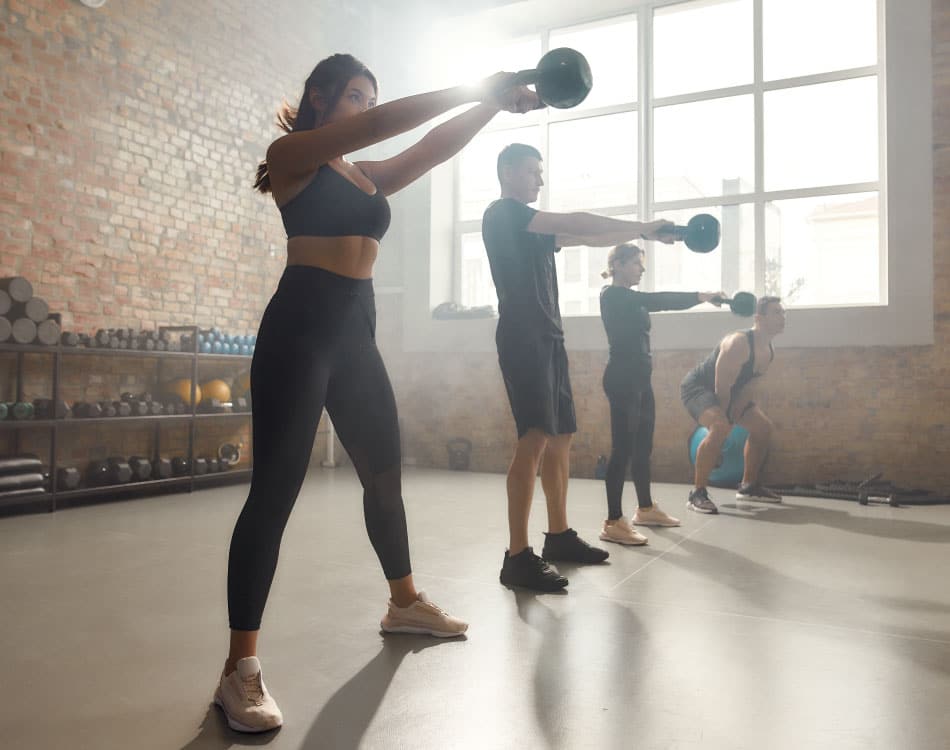It is vitally important that gym-goers use proper weight lifting form and technique guidelines to get the most from their training.
Proper form reduces your risk of injury, and ensures that the exercise works the targeted muscles to deliver the right response.
READ MORE | 3 Steps To Level Up Your Performance In The Gym
Poor form must fall
Yet, despite the fact that we have so much information and so many tutorials available online, local gyms remain filled with lifters who still make common mistakes.
Most do so unconsciously and unintentionally as they never learnt correct form from the start, while other mistakes stem from the conventional advice shared in the weights room that we know today is wrong or inaccurate.
Whatever the reason, poor form must fall, particularly when executing the most common compound moves – the squat, deadlift and bench press.
To ensure you execute these lifts with impeccable form at your next session, follow these helpful guidelines:
READ MORE | Fix Your Form To Squat Heavy
Issue #1: A stifled squat stance
A lot has been said and written about the ideal stance for a deep, powerful squat, but the truth is that there’s no universal law governing the appropriate distance between your legs and feet. That’s because everyone is different.
We each have different biomechanics and anatomical structures. We vary in height and all have differing levels of mobility. This means you need to find the ideal stance that best suits your body.
The general rule of thumb is hip-width apart, but you can go slightly wider or narrower if that feels more comfortable.
Most squat purists will also recommend that you keep your feet pointed forward, while others say a slight angle of 15-30 degrees is acceptable. As mentioned, there is no right or wrong answer. The question should be whether this is done to compensate for a lack of strength in accessory or stabiliser muscles, or due to a strength imbalance in the hip muscles.
Ultimately, you want to create a platform that feels natural and comfortable, but that requires symmetrical strength and adequate mobility in the relevant joint and muscle structures.
Whatever stance you adopt, be sure to track your knees over your toes to limit the internal or external rotation of the knees.
READ MORE | Squat It Out To Boost Your Results!
Issue #2: Sissy squatting
The ability to only squat to parallel is a sign of poor hip mobility. So, rather than reinforce an existing issue, take some time away from the squat rack to improve your mobility. Unless there’s a serious injury, pain or structural impediment, there is no reason why you can’t get low and power through a full range of motion on every rep.
READ MORE | Master The Move: Two-Arm Overhead Kettlebell Squat
Issue #3: Incorrect head position
You may have heard that powerful deadlifts are led with the head… well, that’s just not true. Lifting your chin to look up at the ceiling as you power out of the hole can alter your spinal position and change your upward trajectory. Shifting your head backwards and craning your neck can also result in a nerve impingement.
Rather keep your neck straight and aligned with your spine, and your gaze cast forward.
Issue #4: A rounded or arched back
Maintaining a neutral spine is essential for safe and effective deadlifting. A rounded (forward) or hyperextended (arched back) back position can place immense stress on the lumbar spine, which increases the risk of injury.
Maintain a neutral spine position throughout the lift by keeping your head up, gaze cast forward and your torso in an upright position with your core muscles braced. Pulling your shoulder blades back also helps to maintain a neutral spine.
READ MORE | 5 Tips For Hardcore Hamstrings
Issue #5: Flared elbows
Many gym-goers incorrectly assume that the bench press is a linear movement – that the bar is pressed straight up from the mid-chest starting position.
The truth is that this movement arc isn’t a vertical line and by trying to restrict movement you alter angles at a number of important joint structures.
One such joint is the elbow. In a misguided attempt to press the bar straight up, many lifters flare out their elbows. When your upper arms are perpendicular to your torso you limit your strength potential and this can also cause an impingement at the shoulder joint.
To avoid this scenario and harness your maximum strength, tuck in your elbows at a 75-degree angle at the bottom of the lift and keep them close to your sides on the pressing phase.

